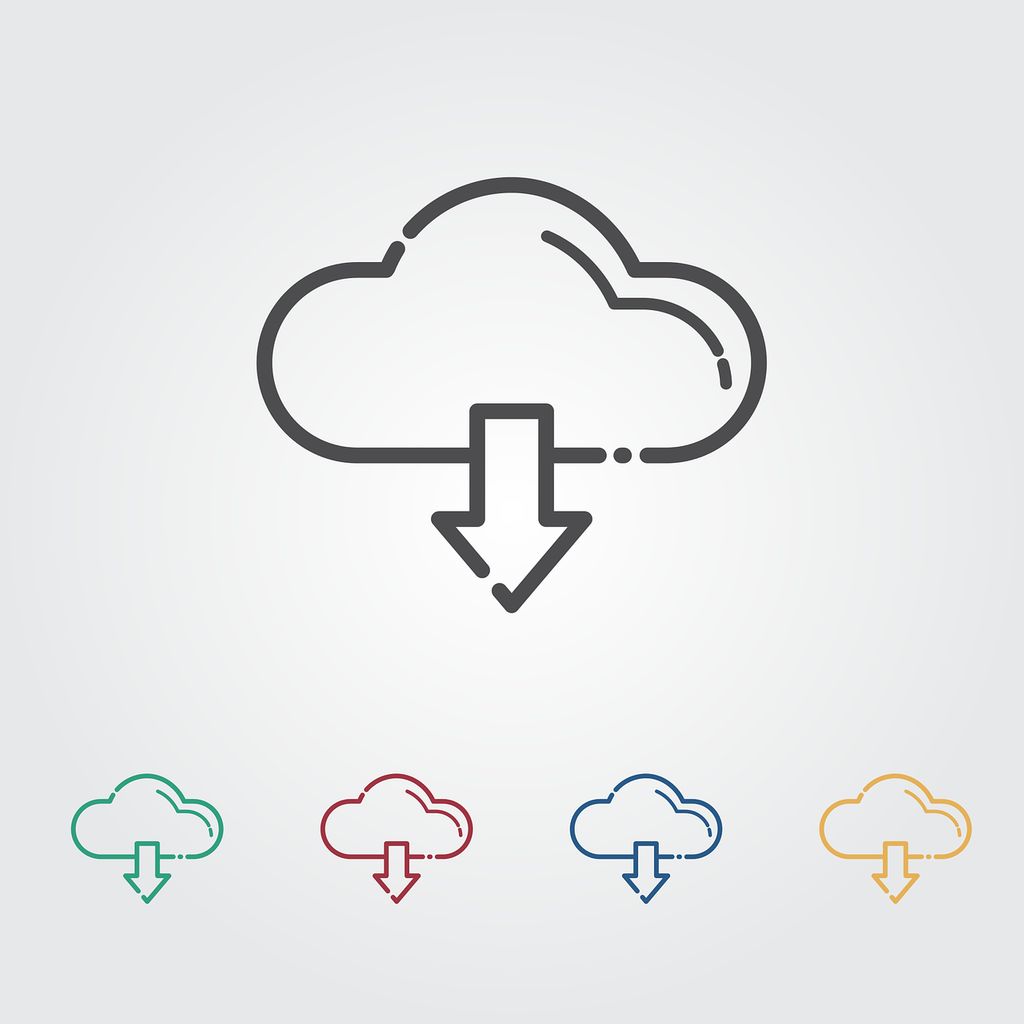Cloud Computing : What Is
Jul 13, 2019 • 53 views

What is cloud computing ?
Basically cloud computing is the on-demand availability of computer system resources, especially data storage and computing power, without direct active management by the user. The term is generally used to describe data centers available to many users over the Internet. Large clouds, predominant today, often have functions distributed over multiple locations from central servers.
Types of clouds :-
Clouds may be limited to a :
single organization (enterprise clouds)
be available to many organizations (public cloud)
or a combination of both (hybrid cloud).
A "pay-as-you-go" model is generally used by the Cloud providers ,a disadvantage which can lead to unexpected operating expenses if administrators are not familiarized with cloud-pricing models.
The availability of high-capacity networks, low-cost computers and storage devices as well as the widespread adoption of hardware virtualization, service-oriented architecture and autonomic and utility computing has led to growth in cloud computing.
According to The National Institute of Standards and Technology's definition of cloud computing identifies "five essential characteristics" :
On-demand self-service: A consumer can unilaterally provision computing capabilities, such as server time and network storage, as needed automatically without requiring human interaction with each service provider.
Broad network access: Capabilities are available over the network and accessed through standard mechanisms that promote use by heterogeneous thin or thick client platforms (e.g., mobile phones, tablets, laptops, and workstations).
Resource pooling: The provider's computing resources are pooled to serve multiple consumers using a multi-tenant model, with different physical and virtual resources dynamically assigned and reassigned according to consumer demand.
Rapid elasticity: Capabilities can be elastically provisioned and released, in some cases automatically, to scale rapidly outward and inward commensurate with demand. To the consumer, the capabilities available for provisioning often appear unlimited and can be appropriated in any quantity at any time.
Measured service: Cloud systems automatically control and optimize resource use by leveraging a metering capability at some level of abstraction appropriate to the type of service (e.g., storage, processing, bandwidth, and active user accounts). Resource usage can be monitored, controlled, and reported, providing transparency for both the provider and consumer of the utilized service.
— National Institute of Standards and Technology
Applications :
Online File storage
Photo editing software
Digital video software
Creating image-album
Word processing application
Twitter-related applications
Spreadsheets
Presentation software
Web application for antivirus
Finding a way on the map
E-commerce software
